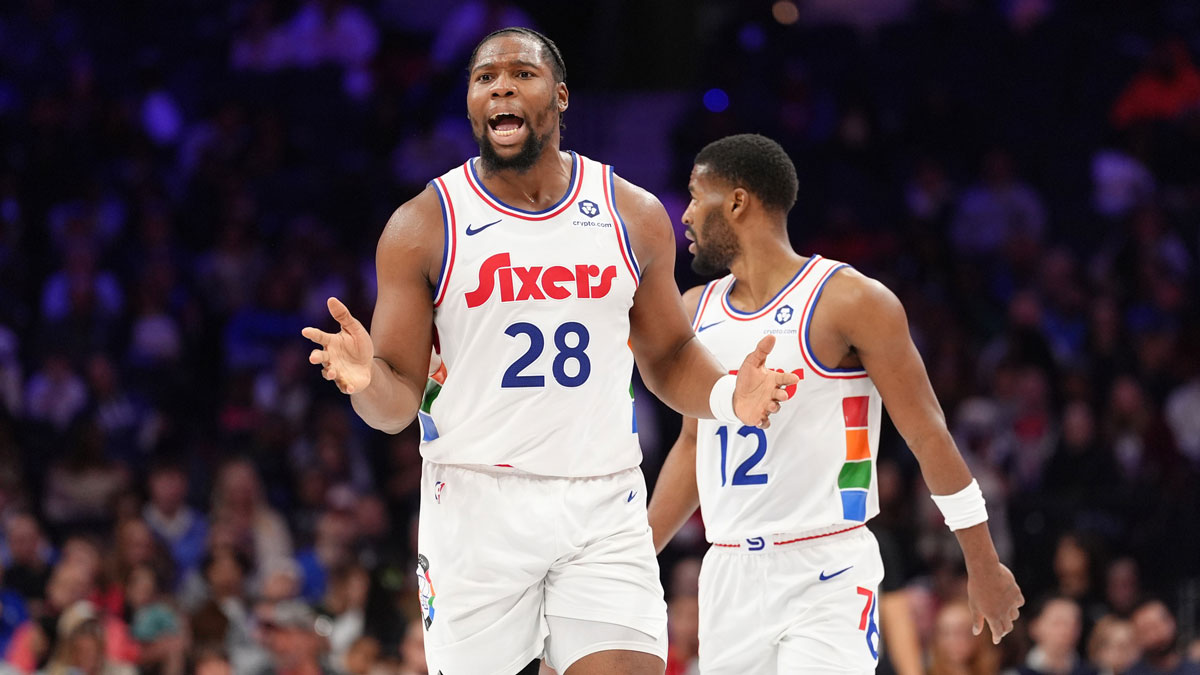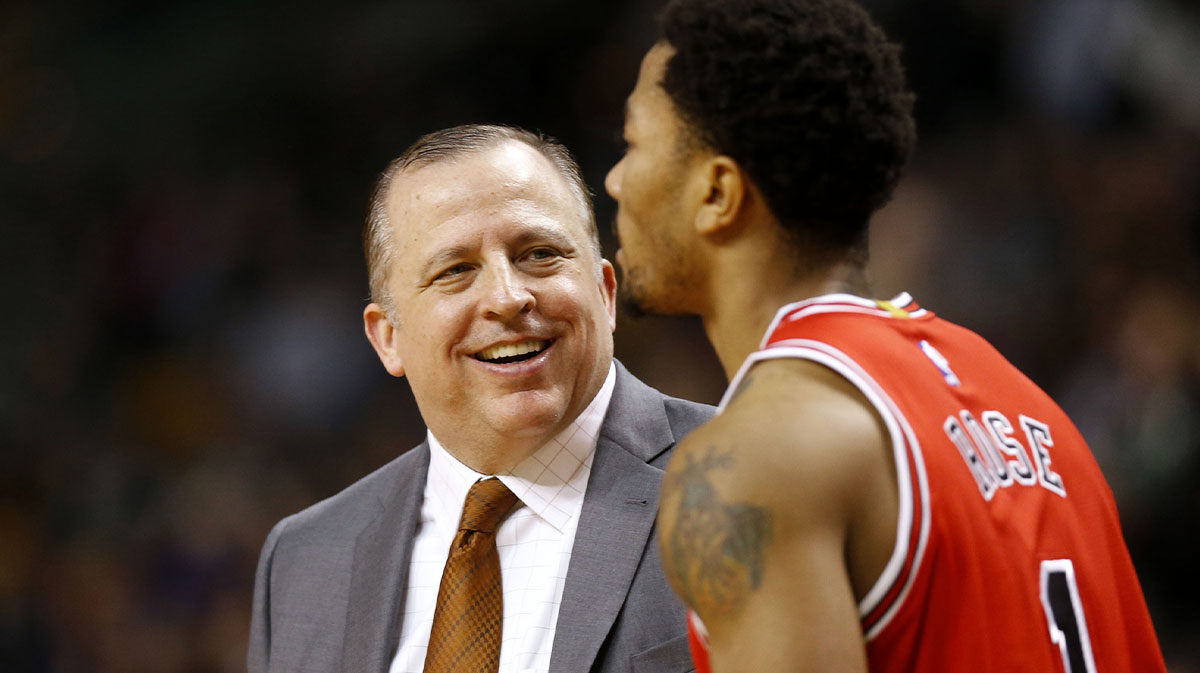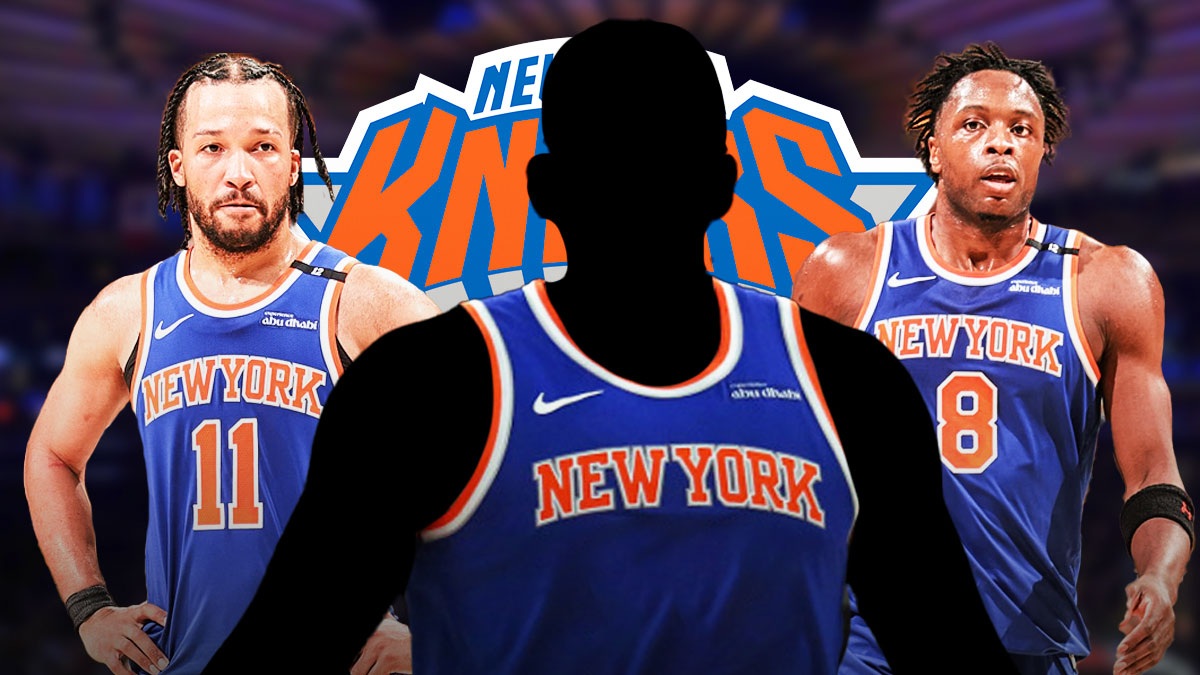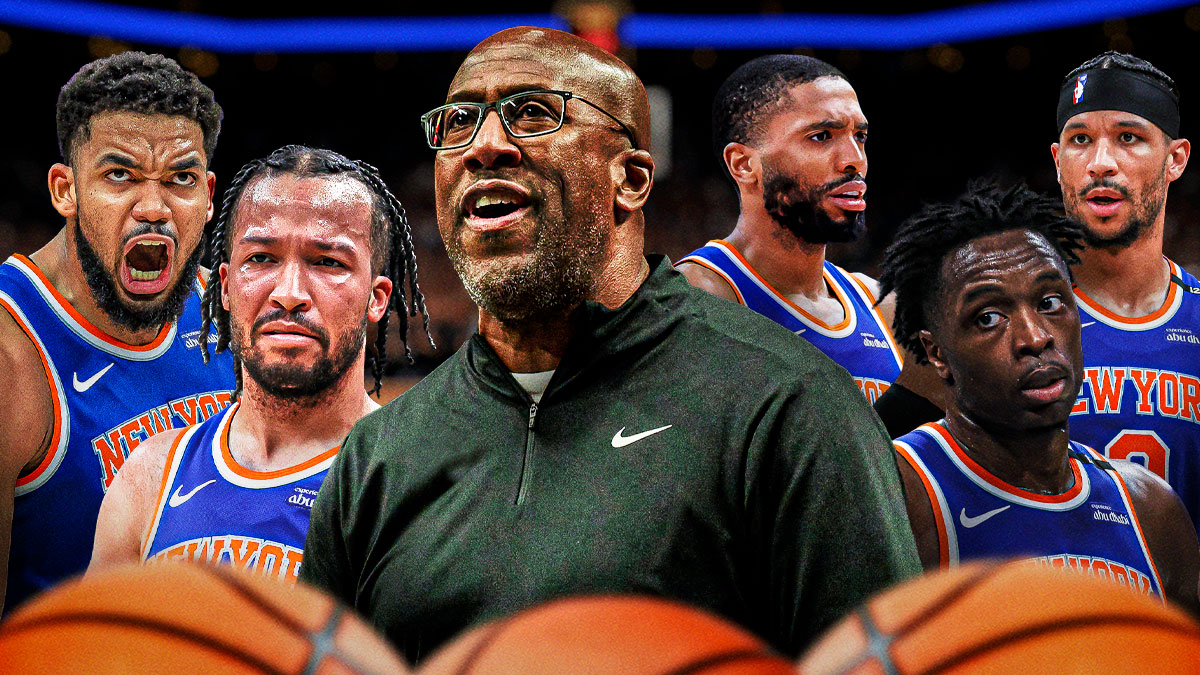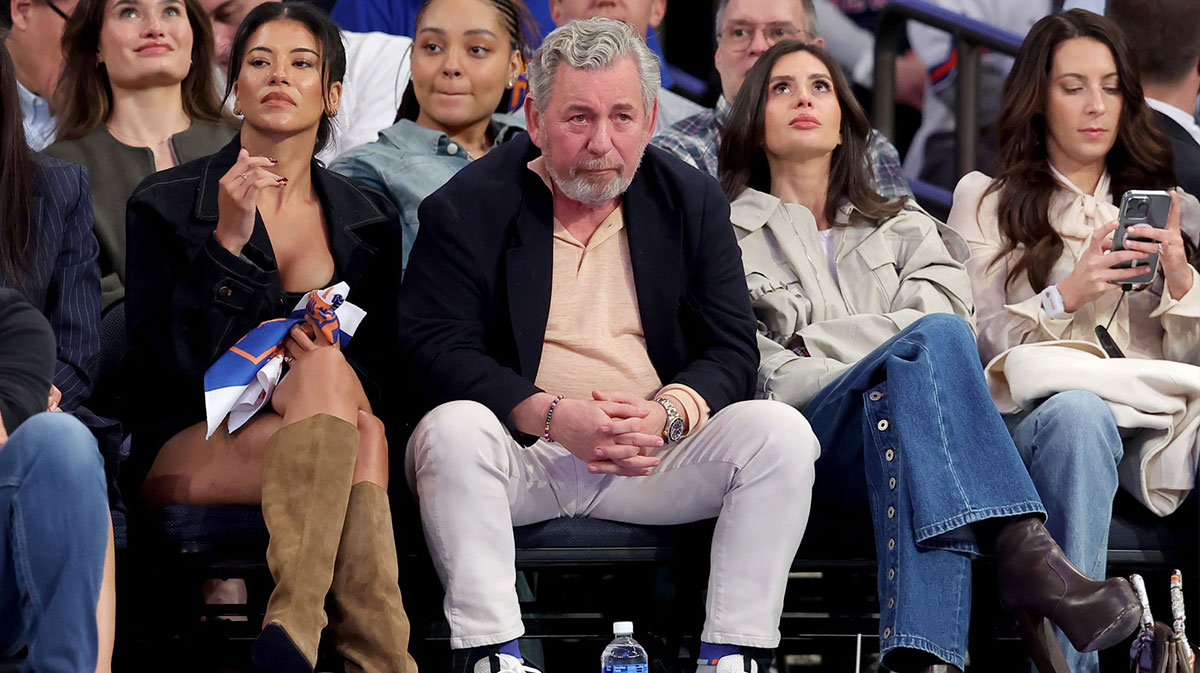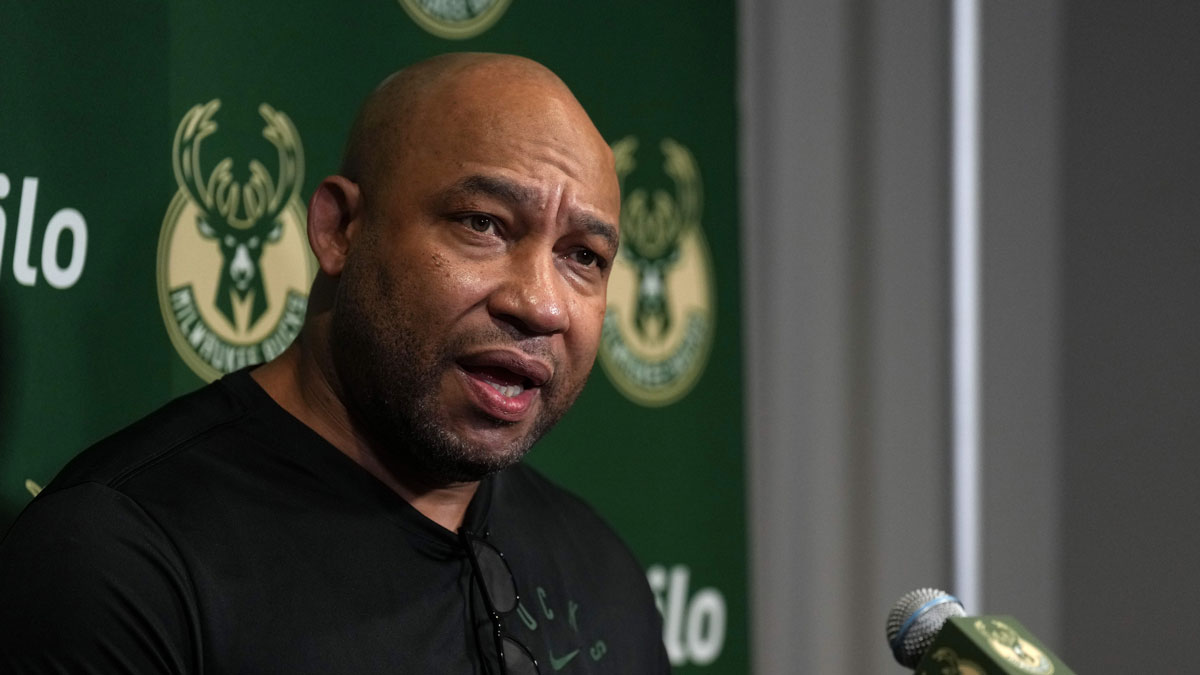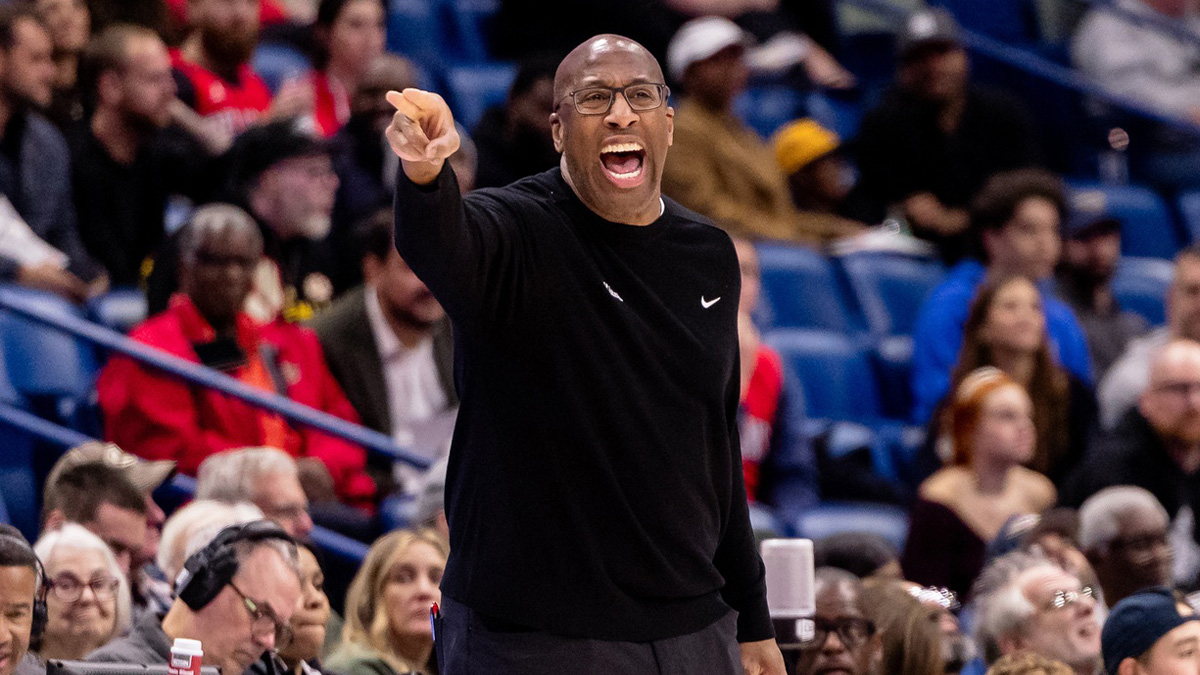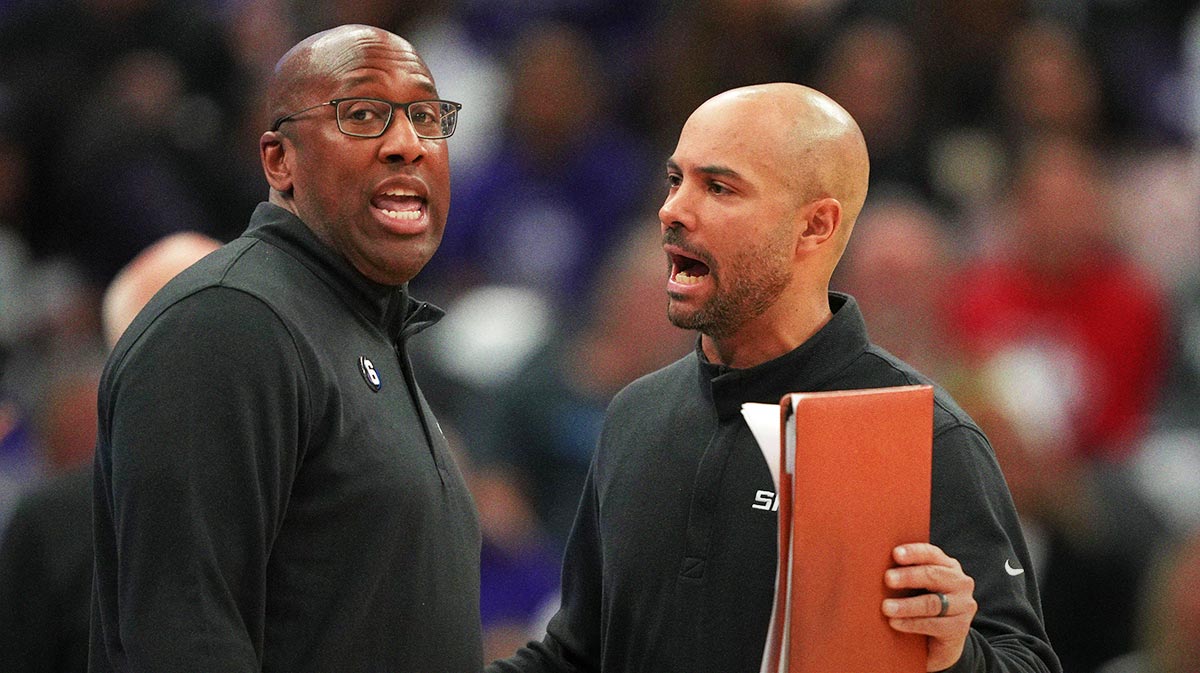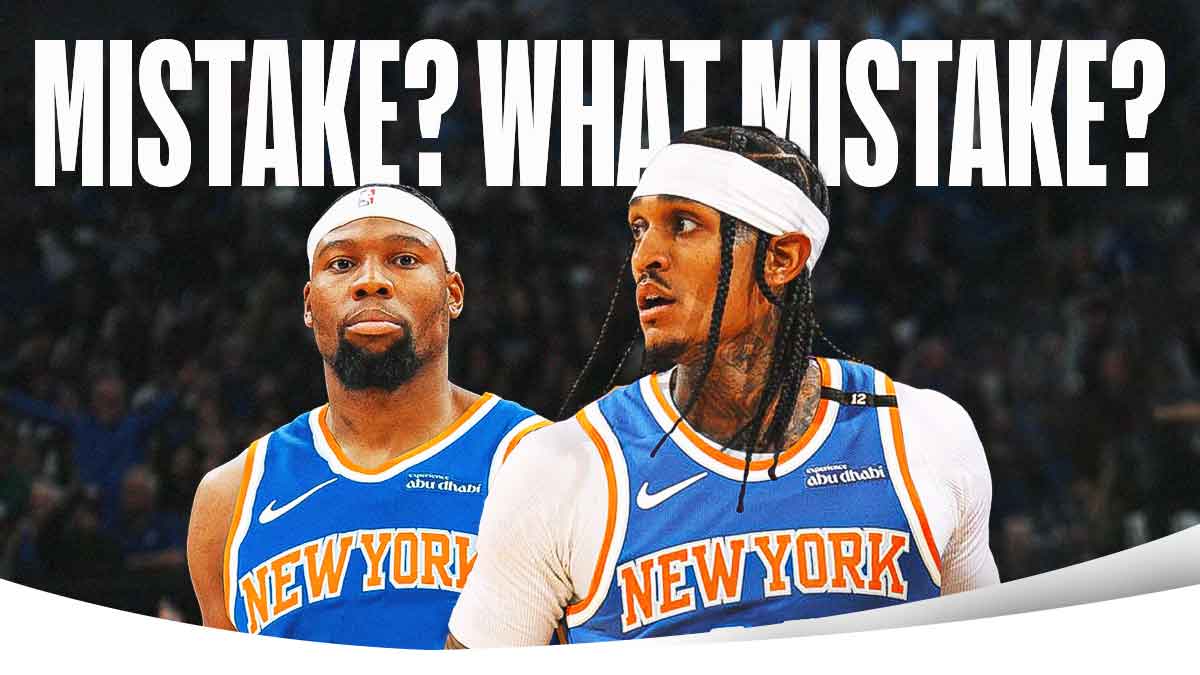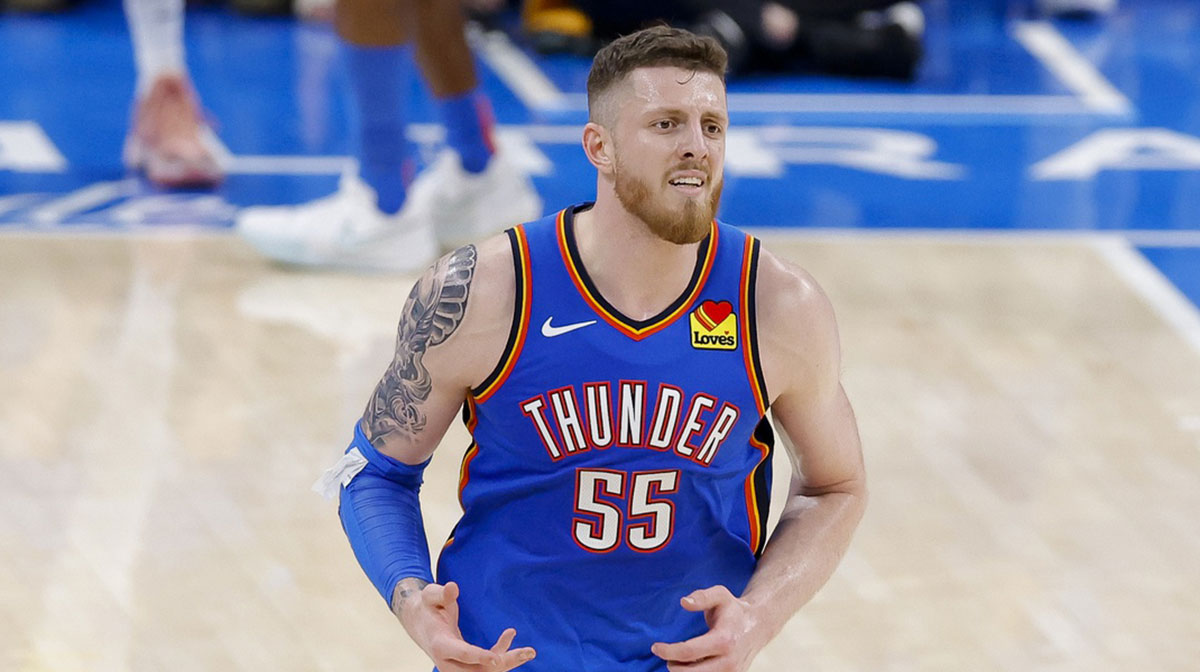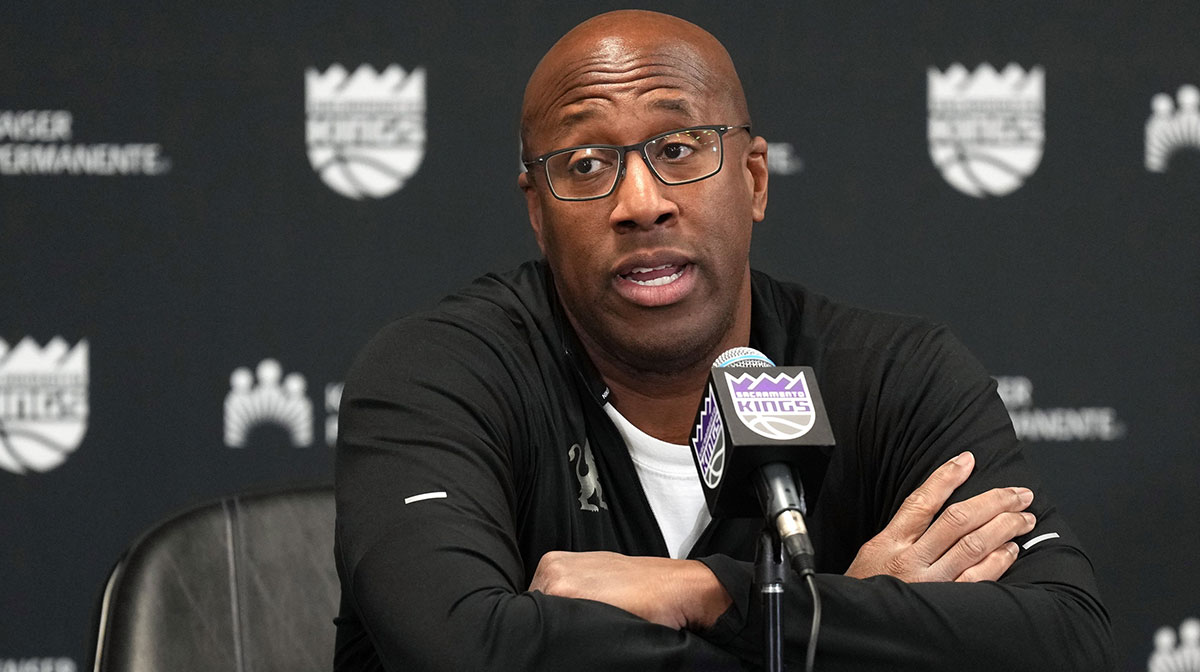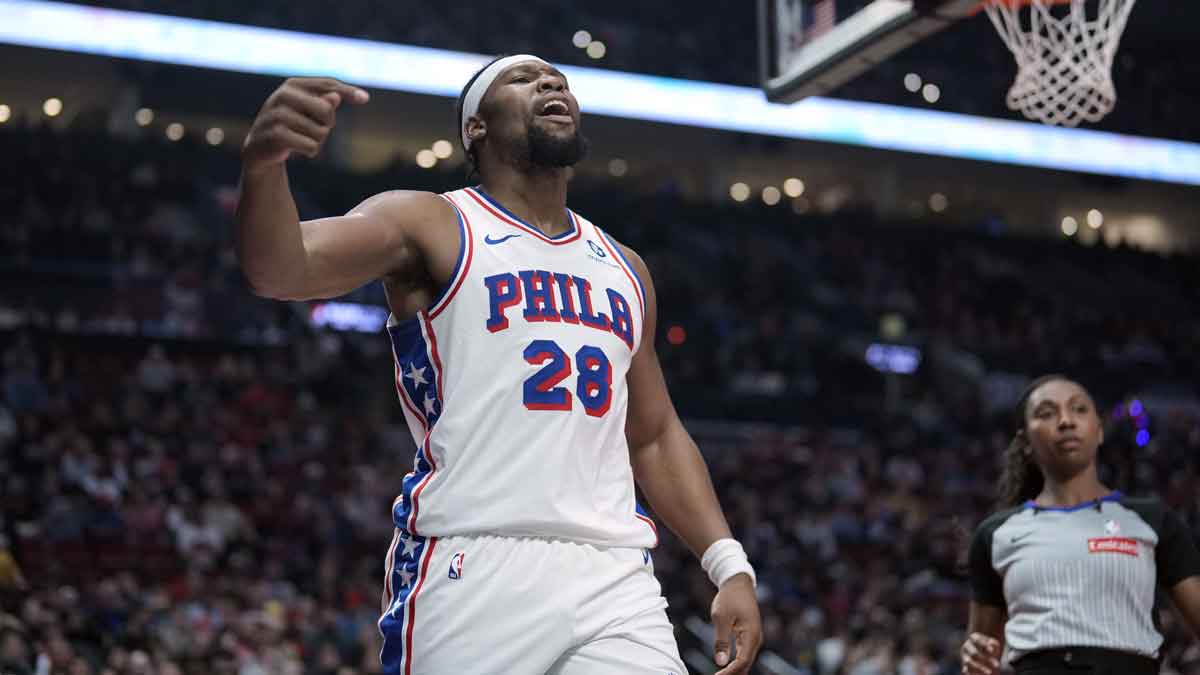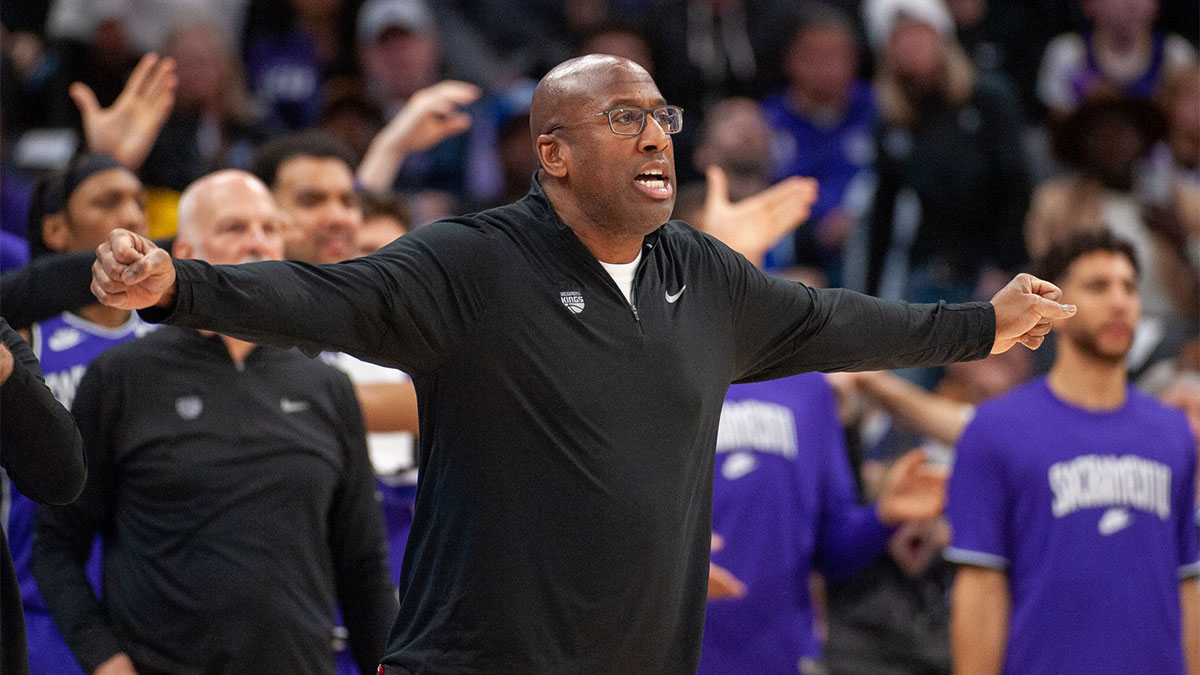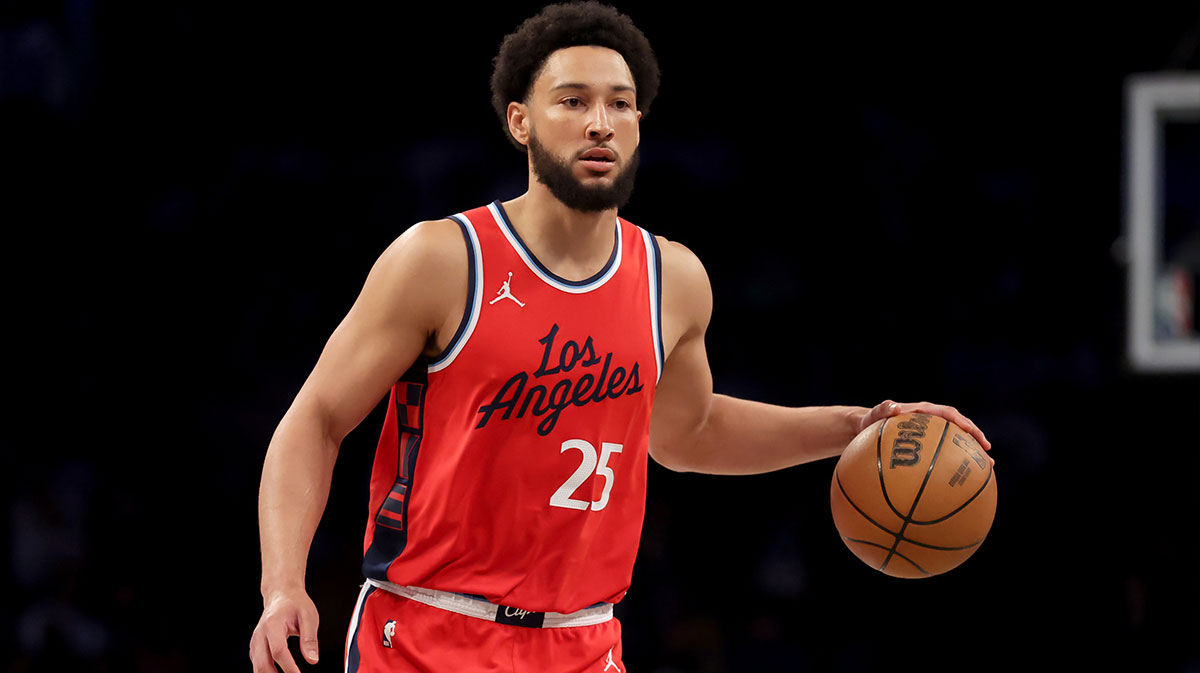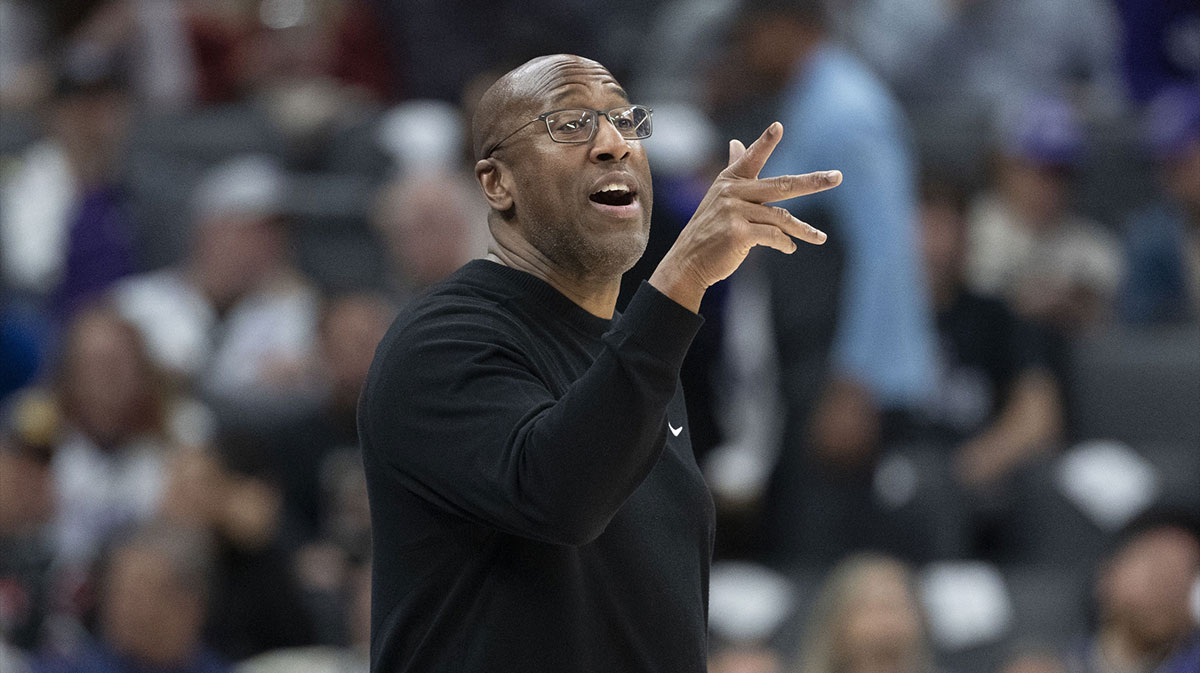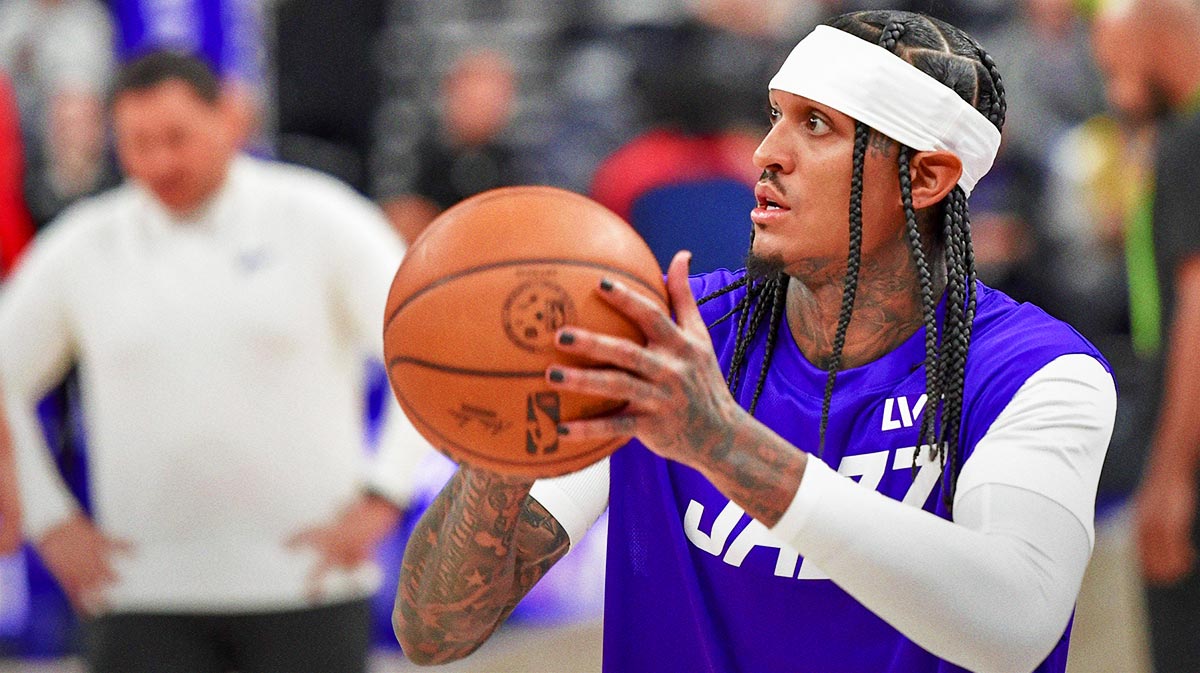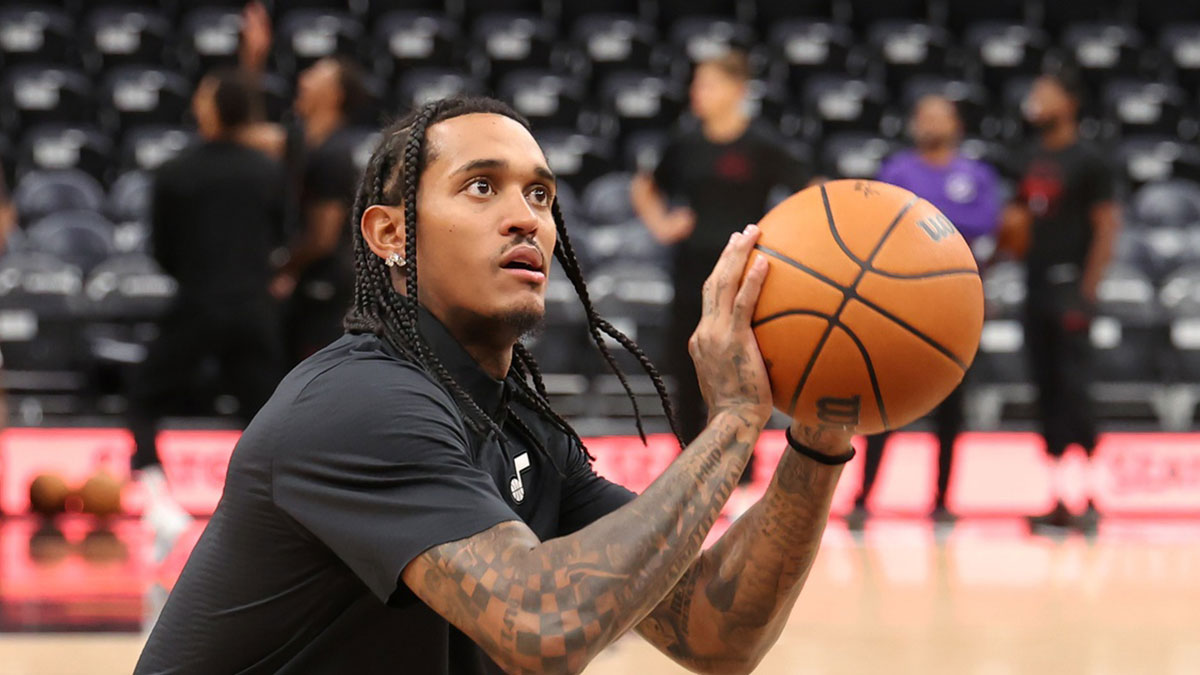Unfortunately, Kristaps Porzingis' ACL suffered a grade III (full) tear against Milwaukee. If you haven’t seen it, here’s the video:
https://www.youtube.com/watch?v=7sce–mR0kA
Right after the injury, I tweeted the following:
Unfortunately, the way Kristaps landed- single leg, knee extended, on the heel, while off balance – compromises basically all of your major shock absorbing mechanisms (muscular and sensory) resulting in a huge stress on the ligaments. High risk for a significant tear.
— Dr. Rajpal Brar, DPT (@3cbPerformance) February 7, 2018
In the following post, I’ll detail landing mechanics, the play itself, and Kristaps injury history to illustrate how Porzingis' ACL didn't stand much of a chance.
Let's start with landing itself.
I. Landing
A. Force absorption
The major task of landing is to absorb load appropriately and dissipate the landing forces, aka vertical ground reaction forces (VGRF)
The body does this in two major ways:
- Muscles
- Muscles are the major shock absorbers of your body. They need to have appropriate strength, endurance, and activation to handle the VGRF. Here’s a sketch:

Isabela Gavioli/Pinterest
- Muscles are the major shock absorbers of your body. They need to have appropriate strength, endurance, and activation to handle the VGRF. Here’s a sketch:
- Sensory systems
- Two sensory systems are integral to movement: the proprioceptive and vestibular systems.
- Sensory systems provide sensory feedback/input data to the brain.
- These inputs integrate and then become motor outputs.
- Motor outputs then influence movement and balance, including coordinating and activating muscles.
- This picture has some detail in it but should give you a better sense…of the relationship:

Vestibular Disorders Association
- Two sensory systems are integral to movement: the proprioceptive and vestibular systems.
In Kristap’s case, his muscles and sensory systems were compromised by his injury history and 2 specifics of the play itself. This left Porzingis' ACL to deal with too much stress and suffer the consequences.
II. Kristaps Porzingis Injury History
Since being drafted in 2015 and prior to his ACL tear, Porzingis had the following injuries/issues:
- bruised left leg (March 2016)
- right shoulder soreness(March 2016)
- left groin soreness (Oct 2016)
- left achilles soreness (Jan 2017)
- sprained right ankle (Feb 2017)
- left thigh contusion (March 2017)
- sore back (April 2017)
- sprained left ankle (Nov 2017)
- low back tightness (Nov 2017)
- sore left knee (Dec 2017)
- left knee irritation (Jan 2018)
If we group by similarity: that's 6 issues with his left leg, 2 with his back, and two on the right side of his body.
Although all injuries/issues need to be addressed, the first 2 categories are key in this analysis.

Here's why:
- Injury to tendons and swelling (especially in the knee) affect the proprioceptive sensory system
- Injury to muscles, swelling, and pain each cause muscular inhibition – meaning your muscles won't activate. This is particularly true in the knee, low back, and ankle.
Viewing Porzingis' injury history through this lens, he has had injuries to his lefAchilleses tendon, his left peroneal tendons via the ankle sprain, muscular pain on his left leg with a lower and upper leg contusion, soreness and swelling in his left knee (specifically in the months leading up to the ACL tear), and low back tightness.
Putting two and two together, this could very well mean that Porzingis' already had deficits in his sensory feedback system and muscular inhibition of his left calves, quads, and glutes (each of which are critical in absorbing force as you land). That equates to a possible increase in injury risk.
How high? Impossible for me to know without further examination and testing.
With that established, let's look at 2 specifics of the play itself.

III. Porzingis mid-air contact with Giannis
The play starts with a nice down screen for Kristaps who reads the overplay by the switch defender and back-cuts for a clear lane, pass is on time. After the dunk, Giannis' contest takes him into the body of a descending Porzingis:

Getting hit in the air like that is a really easy way to lose your bearing and your balance. I’ve seen a few fights break out over someone getting even slightly touched while in the air . It's extremely high risk.
The high flurry of activity and unanticipated variables are really difficult for Porzingis' sensory systems to deal with. This compromises his balance and the body’s ability to appropriately adapt and activate muscles.
In fact, research shows that “indirect contact” (aka unanticipated contact, such as Porzingis getting bumped while in the air) is a common reason for ACL injuries, accounting for 20-50% of ACL injuries in elite sports.
IV. The Landing & Porzingis' ACL
The last part of the play is the landing.
There are five specific factors that affect the amount of VGRF that is created upon landing. These are:
- mass
- height that you’re falling from (for basketball purposes, aka how high you jumped)
- 2 leg vs 1 leg landing
- Fore/midfoot landing vs rearfoot (heel) landing
- Flexed (bent or soft) knee vs extended (straight or hard) knee
Greater mass, greater height, one leg landing, heel landing, and landing with a straightened knee all result in increased VGRF.
Try it yourself and you'll feel the difference immediately. Jump and land with both feet on bent knees over your midfoot vs with straight knees on your heels. Now try each on 1 leg or from a higher height.
Here’s how Porzingis landed (this is the best angle I could find):

Porzingis lands on one leg, on his heel, with an extended knee, and he has considerable mass (240 pounds).
This creates a huge vertical ground reaction force that’s traveling up through his leg and into his knee joint, creating a large stress on his knee.
In most cases, Porzingis' brain is getting feedback from his sensory systems that “hey, this is where we are in space & we’re about to land so let’s activate certain muscles for reinforcement”. Further, his muscles – specifically at the ankles and knees – are in a position to be able to soften the blow.
That's not happening here, or at the least, those mechanisms are severely impacted.
Additionally, his injury history and possibly already existing sensory feedback deficits and muscular inhibition only serve to compound matters.
This all leads to a perfect storm where the knee ligaments take on a lot of stress – specifically, Porzingis' ACL.
Porzingis' ACL, or anyone else's for that matter, can't take on that much stress. When it does, it tears.

IV. What this means for Porzingis' ACL going forward
There's a key silver lining to this injury: it wasn’t a non-impact injury.
A non-impact injury would be far more concerning as it speaks to an underlying problem. Getting to the source of a non-impact injury is often more convoluted.
Additionally, ACL rehab protocol is very well established because the injury is so common.
He’ll get surgery, go through rehabilitation, and be back on the court – possibly in nine months.
However, there are also two stark realities of his injury:
- ACL injuries (either re-injury of the same knee or the other knee) can be six times more likely after ACL re-construction; specifically for individuals under 25 who are involved in sports that involve jumping, pivoting, and cutting. Porzingis is 22 and basketball involves jumping, pivoting, and cutting.
- Side to side leg asymmetry can last up to two years after ACL injury, resulting in increased injury risk for that time period.
Even though Kristaps may come back in 9-12 months, it’s going to take roughly two years for him to actually be back at 100%. Patience is key here.
Obviously, it’s a major injury and especially stinks because there’s nothing Porzingis could really do about it, but with the appropriate rehab, patience, and resilience – Kristaps can definitely get back to being the Unicorn.

